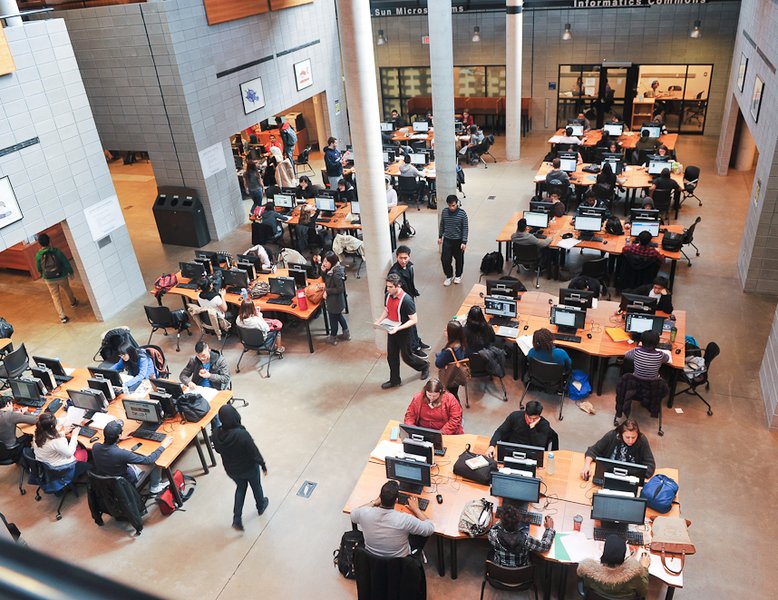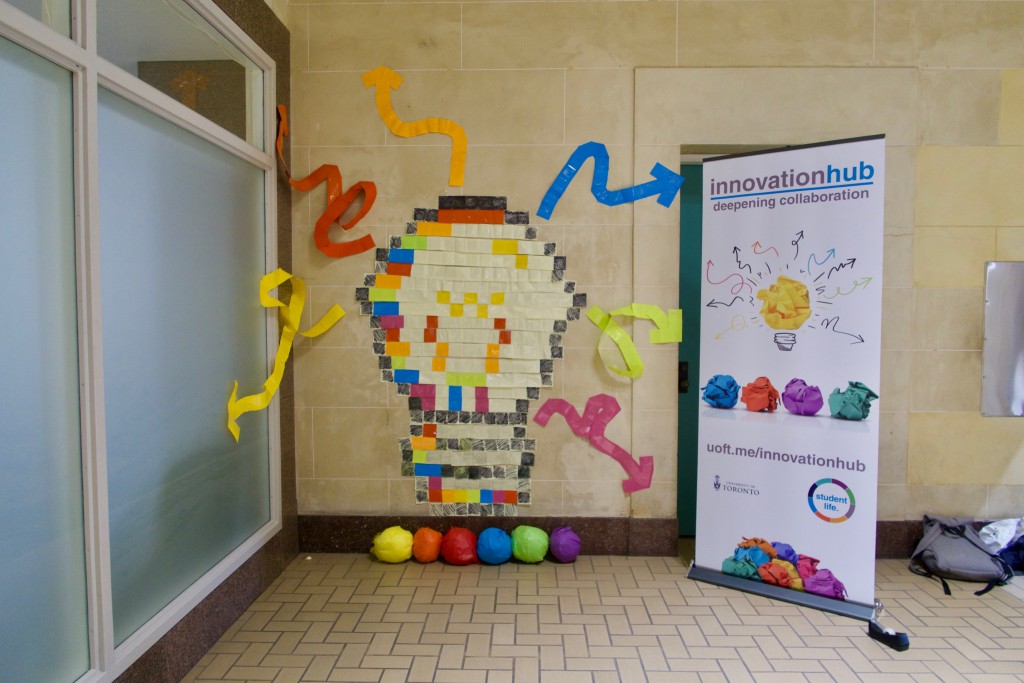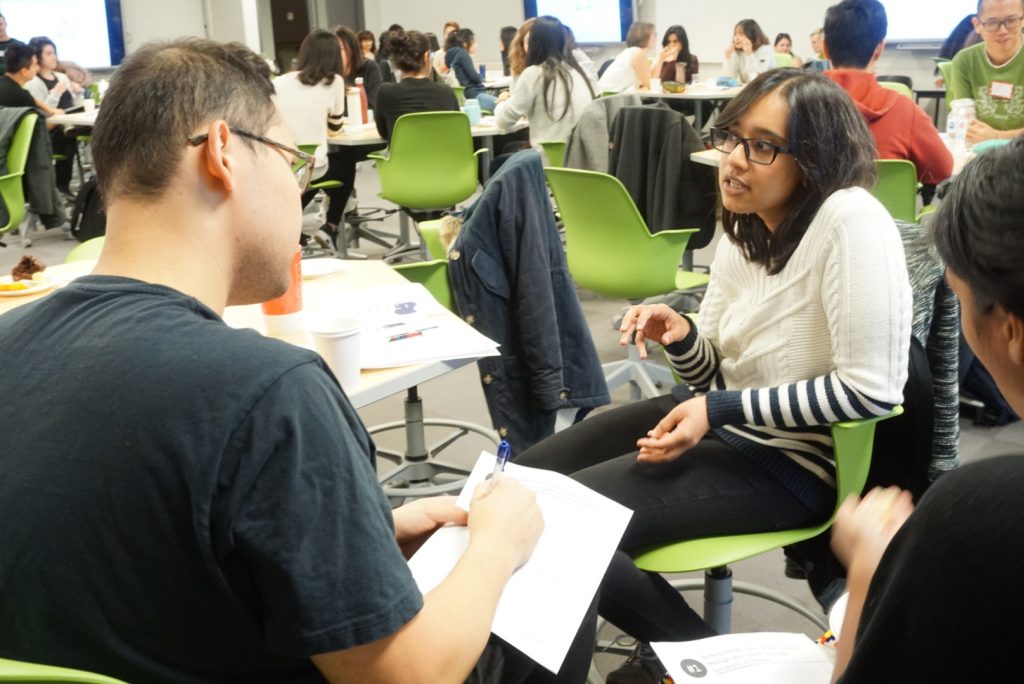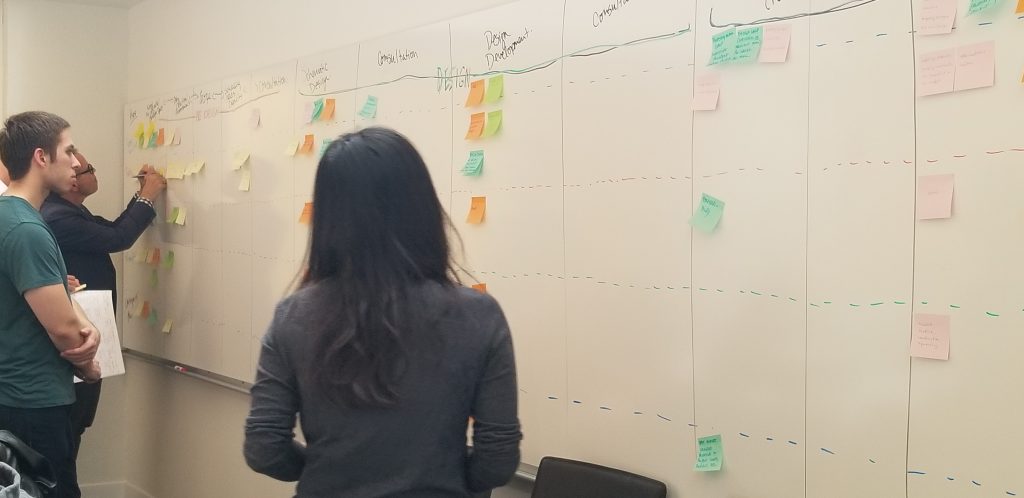How Imagination Drives Innovation

By Darren Clift, Writer
It’s easy to exercise creativity during childhood, when imaginations are unrestrained. But as we grow up, we learn to leash our imaginations, to criticize our own creativity. The open parks of childhood become the closed spaces of our grown-up selves.
Design thinking seeks to re-liberate our creativity, but the forces and learned behaviours pushing against it are strong. To see how design leadership can nurture fresh ideas, I spoke to Gabriele Simmons, a Senior Project Assistant at the Innovation Hub.






